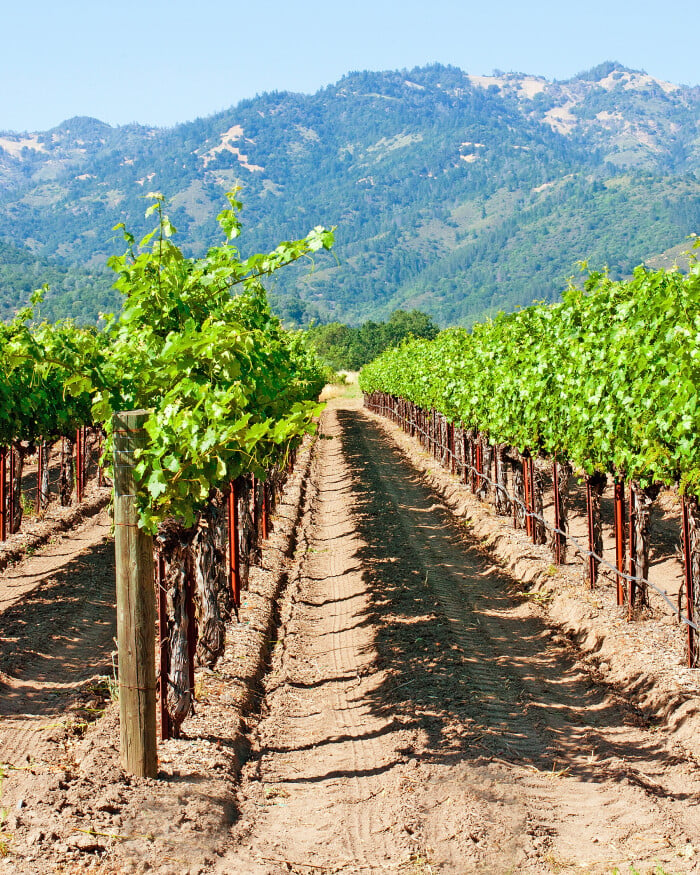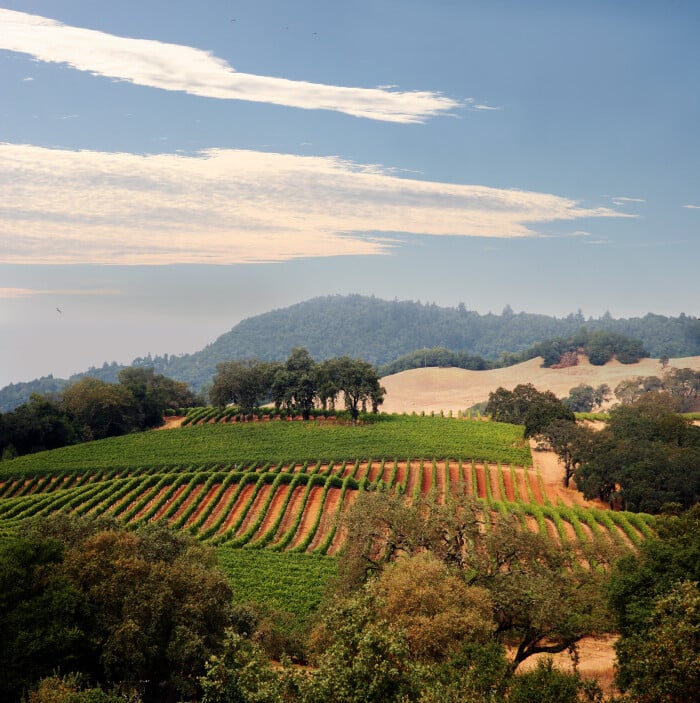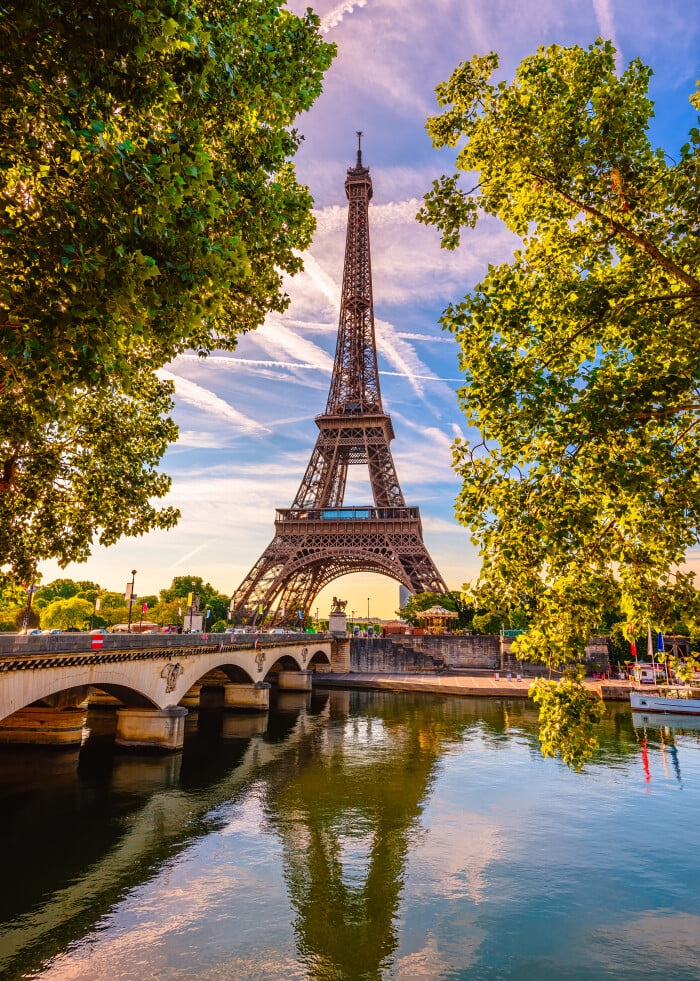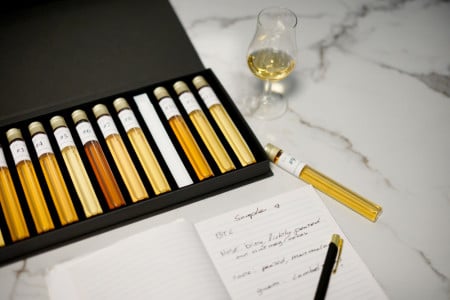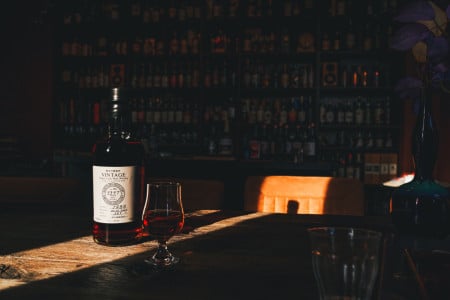It was one of the great bombshells in wine history that Steven Spurrier triggered in 1976 with his still legendary Judgement of Paris. This was the blind tasting in which two Napa Valley wines triumphed over wines from Bordeaux and wines from Burgundy. These were the 1973 Chardonnay from Chateau Montelena and the 1973 Cabernet Sauvignon from Stag's Leap Wine Cellars. The latter was only 1.5 points ahead in the red wine category. But that was enough to relegate the Grand Vin from 1970 from Château Mouton Rothschild to second place. And Chateau Montelena even beat Domaine Roulot's Meursault Charmes 1973 by 5.5 points!
That was unheard of! And a real sensation. The result: the wine world licked its fingers for the Californian growths from the Napa Valley. For many, the wine story was only just beginning there. Which is of course a big misunderstanding. Or bullshit, as the Americans like to say. Because wine has been around there for much, much longer than some wine connoisseurs might think. Let's take a trip into history.


